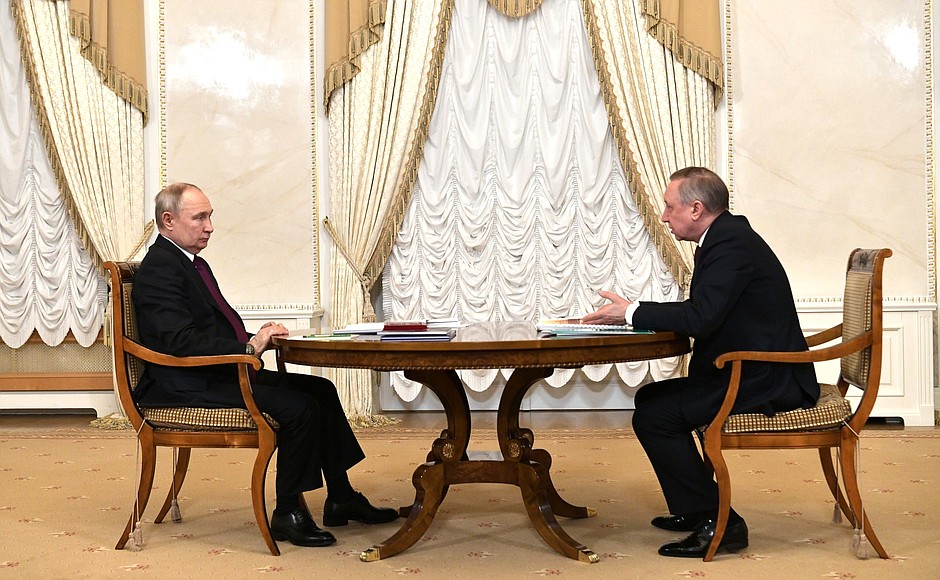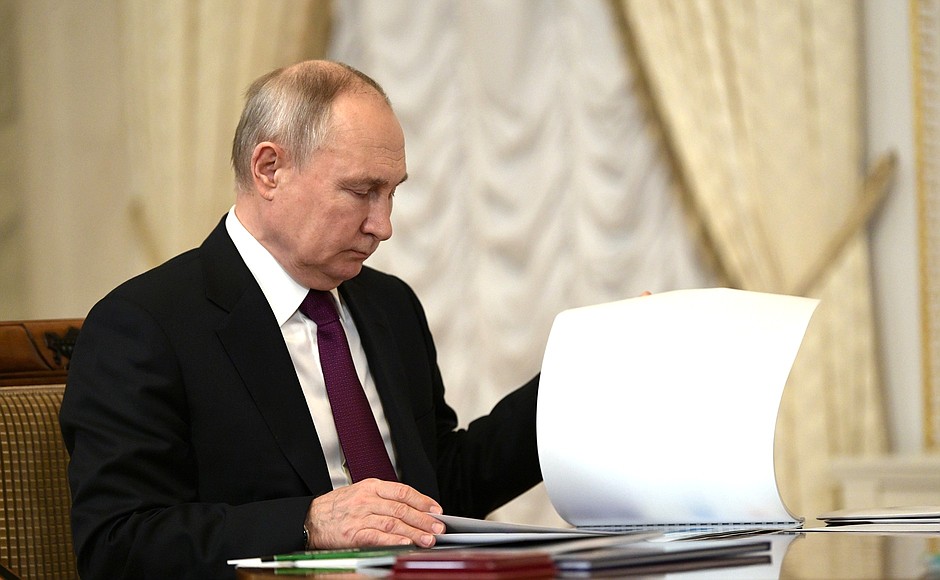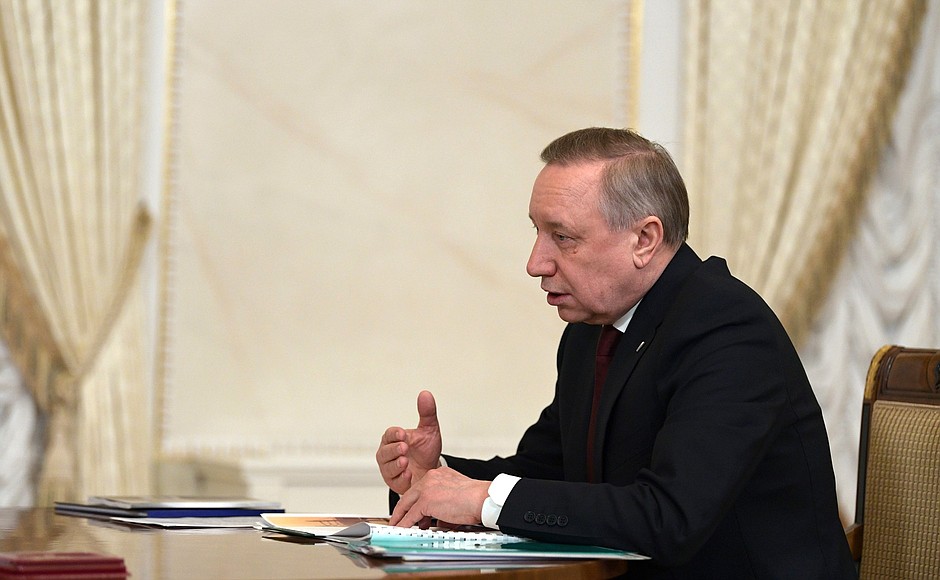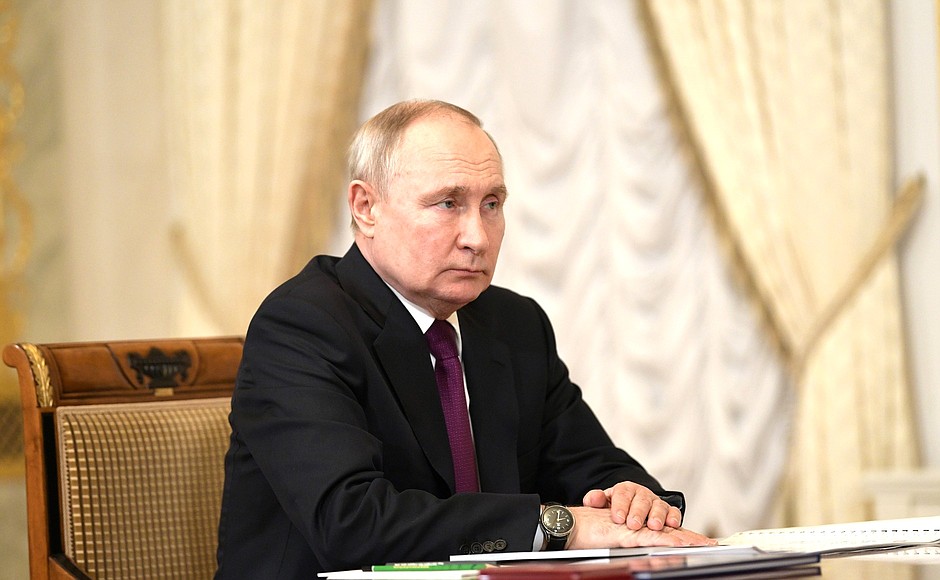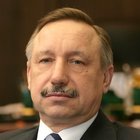In the beginning of the conversation, the President noted that the city was developing well, and that its rate of industrial production was three times higher than the national average. There is not a lot of dilapidated housing. The financial solvency is good. Unemployment is at its lowest rate. That said, there are certainly problems that require special attention – environmental protection, cultural sights, and street and road networks inside the city.
See also
Alexander Beglov began his report by describing the celebrations for the 80th anniversary of the complete lifting of the Nazi siege of Leningrad. The programme included 320 events not only in the city and the Leningrad Region but also throughout much of the country because many residents of Leningrad were evacuated to other regions and former Union republics. A commemorative medal was minted in honour of the anniversary. It was presented to residents of besieged Leningrad and soldiers – liberators in other countries, regions and Union republics. The award ceremony continues. There are about 64,000 medals overall.
Regarding St Petersburg’s development, the Governor cited what he called very simple figures: the country’s lowest unemployment rate of 1.5–1.7 percent, the poverty level that went down, and a budget focused on social reforms and social services. The city is spending almost 70 percent of its budget on social areas.
Another important goal is to overcome technological dependence by converting to advanced technologies. St Petersburg is working on this problem. Its industrial production and processing industries are growing and many other issues are being resolved.
In 2018, the city’s goal was to make no less than one trillion rubles. It reached this goal in 2022. In 2023, the city residents made 1.148 trillion rubles. In 2018, St Petersburg was short of 309 social facilities. By now it has eliminated this shortage by two thirds; in 2023 it opened 81 social facilities, including 55 new schools and kindergartens. By the end of 2024, the city will have eliminated the shortage of social facilities altogether.
The Governor told the President about the improvements in the city. Last year, 72 public spaces were opened, and 60 large spaces – streets, squares, children’s play areas and sports grounds received a new lightning. For the first time in 40 years the construction of a new bascule bridge – the Bolshoi Smolensky Bridge – will be launched.
Mr Beglov also spoke about the Museum of Naval Glory and the reconstruction of three forts in Kronstadt, metro expansion, transport reform, and environmental protection. The city is buying electric buses and will have 400 of them next year. Emissions into the atmosphere have dropped by about 26,000 tonnes. All of the city’s oil-fired boiler houses have been converted to other energy sources.
A very important issue – import substitution, including in shipbuilding and car industry – was also discussed. The city is also carrying out a programme on drones. Industrial development funds have been established and new production platforms are being developed. The total area of a special economic zone has been increased by 154 hectares. The city is also developing a pharmaceutical cluster, one of the best in Europe.
Replying to the President’s question, the Governor described the development of a scientific and education centre in the Pushkin District. The centre will include campuses of St Petersburg’s four largest universities that are developing the city’s intellectual and scientific environment and attracting large numbers of students.
